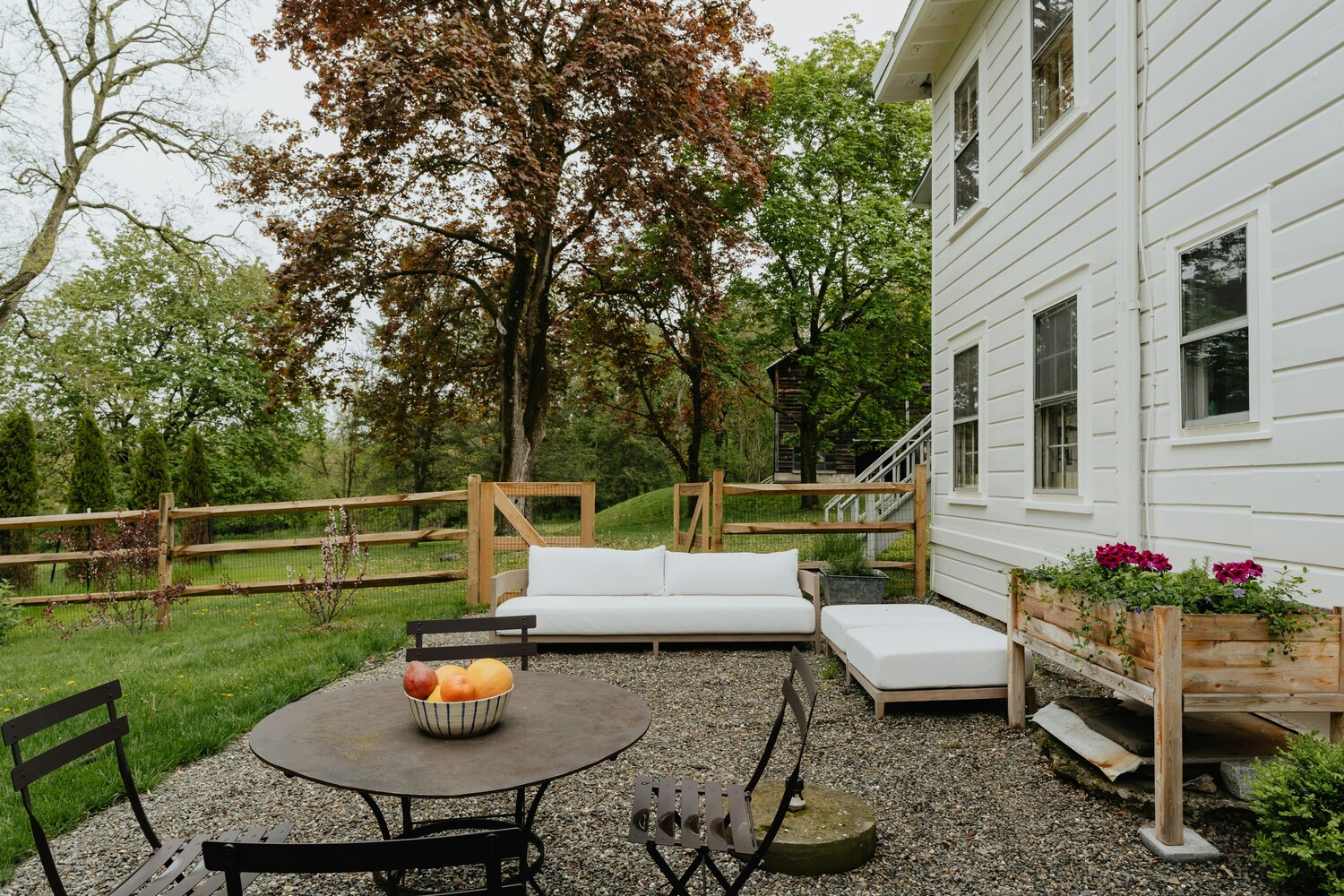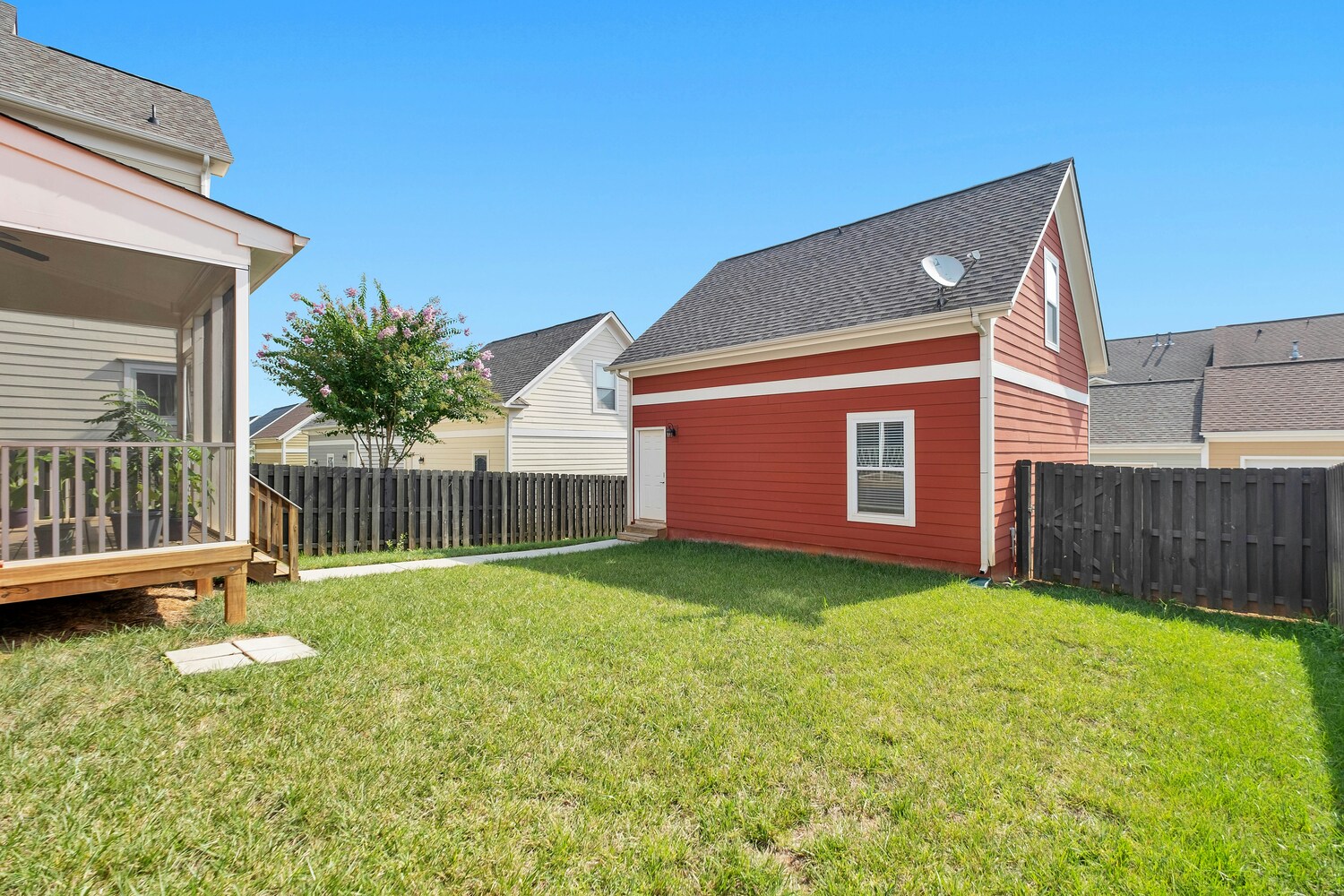
Residence enchancment initiatives typically start with good intentions, particularly relating to enhancing your out of doors area. From including privateness fences to putting in new patios or sheds, many owners soar into these yard upgrades with out giving a second thought to permits or native ordinances.
Nonetheless, failing to comply with your metropolis’s codes can result in expensive fines, authorized disputes with neighbors, and even compelled elimination of your challenge. In some instances, violations may affect your house owner’s insurance coverage protection or complicate future gross sales of your property.
Earlier than you choose up your instruments or signal a landscaping contract, listed below are six surprisingly frequent yard initiatives that steadily violate native codes, typically with out householders realizing it.
1. Fencing Initiatives That Exceed Top Restrictions
Fences are among the many hottest out of doors initiatives for householders in search of privateness, however they’re additionally probably the most generally regulated. Many cities and householders’ associations (HOAs) have strict limits on fence peak, supplies, and placement.
For instance, entrance yard fences are sometimes restricted to a decrease peak—sometimes round 3 or 4 ft—to take care of neighborhood visibility and security. Yard fences might have a better restrict however nonetheless face laws, particularly in the event that they block a neighbor’s view or mild.
Violating fence peak restrictions can set off speedy citations. In excessive instances, householders are ordered to tear down the fence totally at their very own expense. Even a couple of inches over the authorized peak restrict can spark hassle, significantly in neighborhoods with vigilant code enforcement.
Earlier than constructing, all the time test together with your native planning division and HOA (if relevant) to verify fencing guidelines, required permits, and inspection processes.
2. Sheds and Accent Buildings With out Permits
Storage sheds, greenhouses, and different accent buildings look like easy additions, however many municipalities regulate their measurement, location, and building strategies.
In most areas, you’ll want a allow for any shed over a sure sq. footage—generally as small as 100 sq. ft. Placement in your property issues, too. Many codes require a minimal distance between sheds and property strains, utilities, or different buildings for security and fireplace prevention.
Householders generally assume that prefabricated or “moveable” sheds are exempt, however this isn’t all the time the case. Native codes should require permits, particularly if the construction has electrical wiring or plumbing.
Unpermitted sheds can result in stiff fines and problems when promoting your private home. Inspectors will typically flag them in the course of the closing course of, forcing retroactive permits or elimination.
3. Driveway Expansions That Encroach on Public Property
Including area to your driveway could appear innocent, however many cities have strict guidelines about the place your driveway can lengthen. Increasing your driveway onto what’s technically city-owned property, akin to sidewalks, tree lawns, or road easements, can land you in authorized hassle.
Some householders unknowingly pave over parts of public land, assuming it’s a part of their property just because it’s adjoining to their lot. Nonetheless, these areas are sometimes reserved for utility entry, pedestrian security, or drainage.
Violating these boundaries may end up in obligatory elimination of the paving and hefty restore prices for restoring the realm. In some instances, cities additionally impose further penalties for unauthorized alterations to public property.
Earlier than increasing a driveway, get a property survey if wanted and seek the advice of your native zoning workplace to confirm the place your authorized boundaries finish.

4. Landscaping That Blocks Sight Strains or Street Visibility
Lush landscaping can beautify your yard, however sure vegetation and bushes might violate metropolis guidelines in the event that they create visible obstructions. Many municipalities regulate the peak and placement of bushes, shrubs, and hedges close to streets, driveways, and intersections to stop accidents. In case your landscaping blocks the view of cease indicators, driveways, or oncoming visitors, it’s possible you’ll face code violations or be held responsible for any ensuing accidents.
Sure bushes might also be protected by metropolis ordinances, making it unlawful to trim or take away them with out permits. Householders unaware of those guidelines typically face vital fines for unpermitted pruning or tree elimination.
To keep away from authorized complications, test together with your metropolis’s public works or planning division earlier than planting or eradicating massive landscaping options close to streets or sidewalks.
5. DIY Retaining Partitions That Disrupt Drainage
Retaining partitions are standard for managing slopes and including backyard ranges, however they typically fall beneath strict engineering codes. Improperly constructed partitions could cause drainage points, soil erosion, and even structural collapse.
Many cities require permits and engineering plans for retaining partitions over a sure peak, typically round 4 ft. If the wall impacts neighboring properties or encroaches on easements, further laws might apply.
Householders who try DIY retaining partitions with out correct design or allowing might later face orders to dismantle them, particularly if water runoff damages surrounding areas. Legal responsibility for such harm can lengthen to civil lawsuits from affected neighbors. For those who’re contemplating a retaining wall, seek the advice of with a licensed engineer or contractor and test native codes earlier than beginning.
6. Outside Lighting That Violates Mild Air pollution Legal guidelines
Outside lighting provides curb attraction and improves security, however many owners are stunned to study that their yard lights may violate native codes associated to mild air pollution. Cities more and more implement “darkish sky” laws designed to attenuate glare, stop extreme brightness, and protect nighttime visibility for neighbors and wildlife.
Widespread violations embody lights that shine onto neighboring properties, upward-facing floodlights, or excessively vibrant safety lights left on all night time. Code enforcement officers can subject warnings or fines for such lighting. In extreme instances, it’s possible you’ll be ordered to interchange or reposition your lighting.
When putting in out of doors lights, select fixtures that direct mild downward and use bulbs with acceptable brightness ranges. It’s additionally sensible to put in timers or movement sensors to restrict nighttime operation.
Know Earlier than You Dig: Keep away from Expensive Yard Errors
Yard initiatives could appear easy, however the authorized dangers of violating native codes are actual. From peak restrictions and allow necessities to security guidelines and environmental laws, householders should navigate a shocking quantity of crimson tape.
Earlier than breaking floor in your subsequent out of doors improve, take the time to analysis native codes, seek the advice of with professionals, and, if crucial, receive the required permits. Doing so can prevent from costly penalties, authorized complications, and the frustration of undoing your arduous work later.
Have you ever ever run right into a authorized subject with a yard challenge?
Learn Extra:
How Bushes Improve Your Yard Whereas Saving Cash
On a regular basis Gadgets That Can Set off House owner Insurance coverage Denials
Riley Schnepf is an Arizona native with over 9 years of writing expertise. From private finance to journey to digital advertising to popular culture, she’s written about every part beneath the solar. When she’s not writing, she’s spending her time outdoors, studying, or cuddling along with her two corgis.

